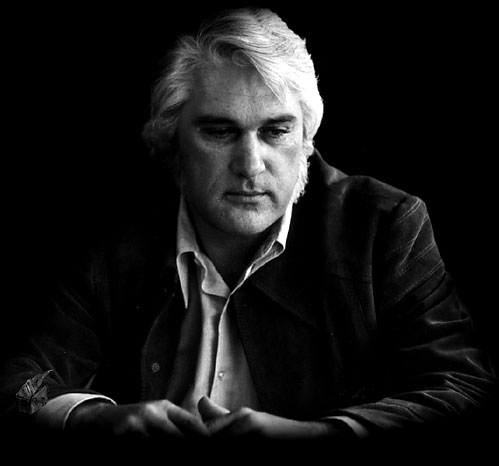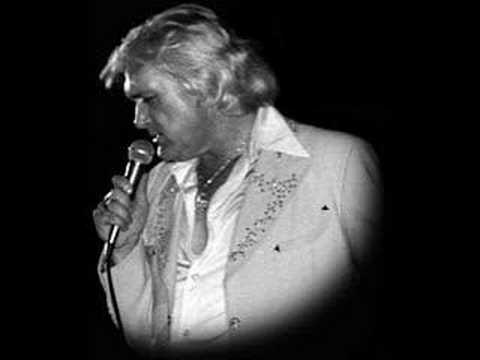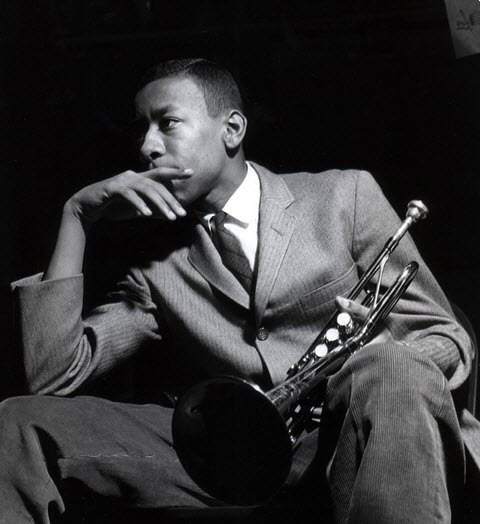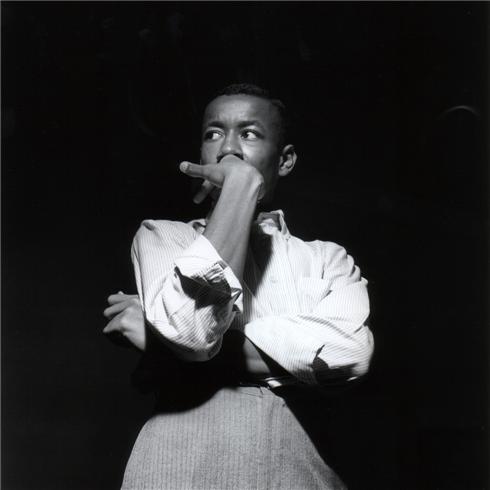From Wikipedia:
Charles (Charlie) Rich (December 14, 1932 – July 25, 1995) was an American country music singer and musician. A Grammy Award winner, his eclectic-style of music was often hard to classify in a single genre, playing in the rockabilly, jazz, blues, country, and gospel genres.
In the latter part of his life, Rich acquired the nickname The Silver Fox. He is perhaps best remembered for a pair of 1973 hits, “Behind Closed Doors” and “The Most Beautiful Girl“. “The Most Beautiful Girl” topped the U.S. country singles charts, as well as the pop singles charts.
From Allmusic (Stephen Thoma Erlewine):
Charlie Rich was simultaneously one of the most critically acclaimed and most erratic country singers of post-World War II era. Rich had all the elements of being one of the great country stars of the ’60s and ’70s, but his popularity never matched his critical notices. What made him a critical favorite also kept him from mass success. Throughout his career, Rich willfully bended genres, fusing country, jazz, blues, gospel, rockabilly, and soul. Though he had 45 country hits in a career that spanned nearly four decades, he became best-known for his lush, Billy Sherrill-produced countrypolitan records of the early ’70s. Instead of embracing the stardom those records brought him, Rich shunned it, retreating into semiretirement by the ’80s.
Behind closed doors:
Album of the day:
Other July-25:
Continue reading Today: Charlie Rich passed away in 1995 – 17 years ago







